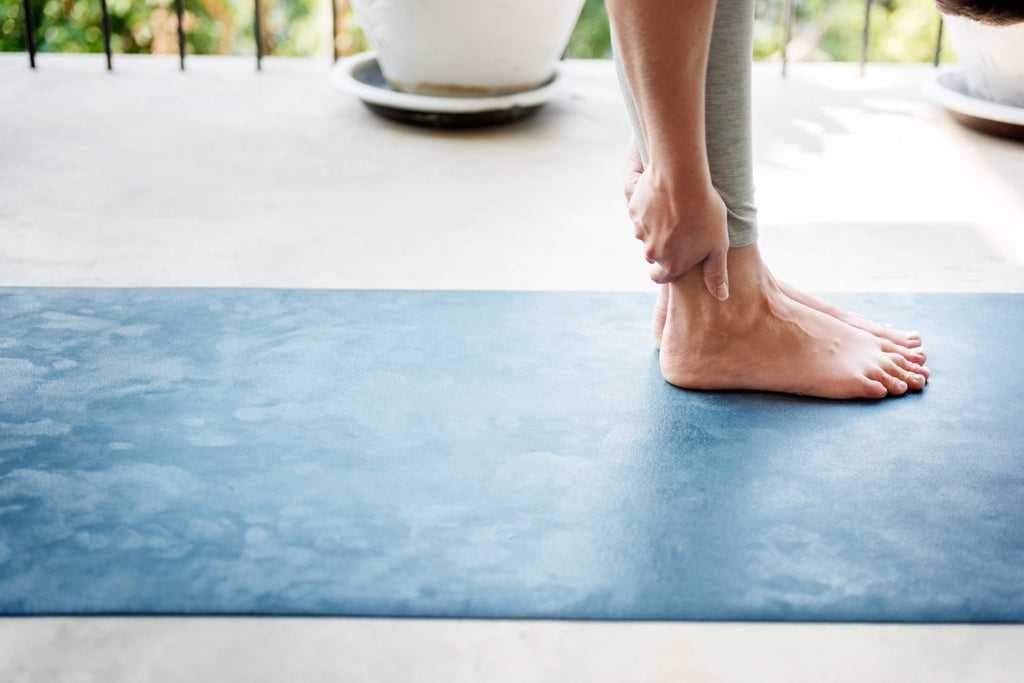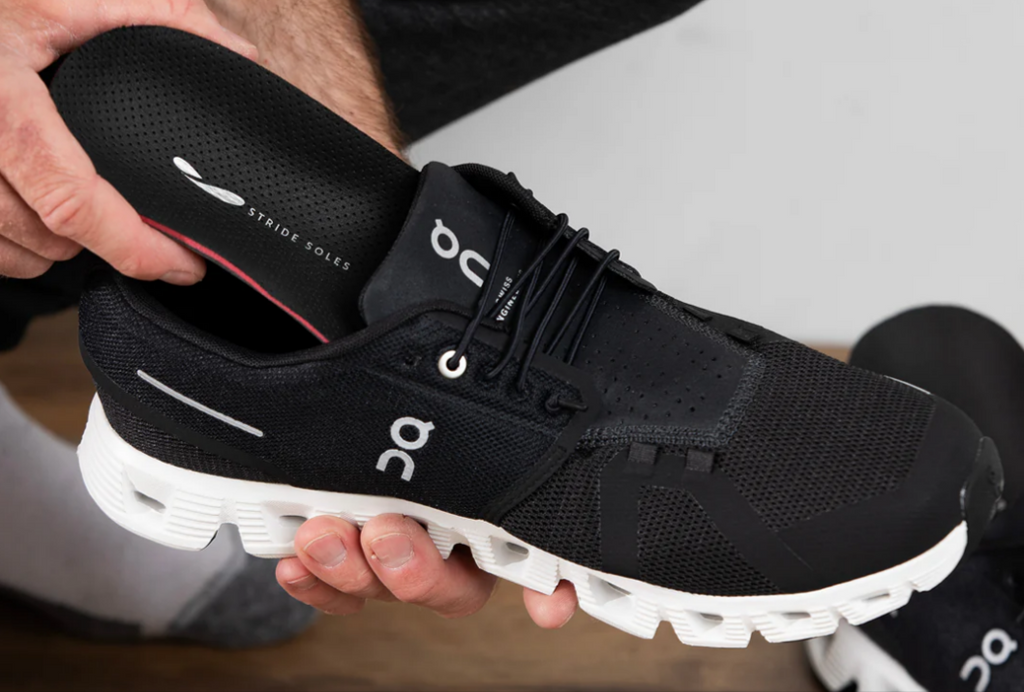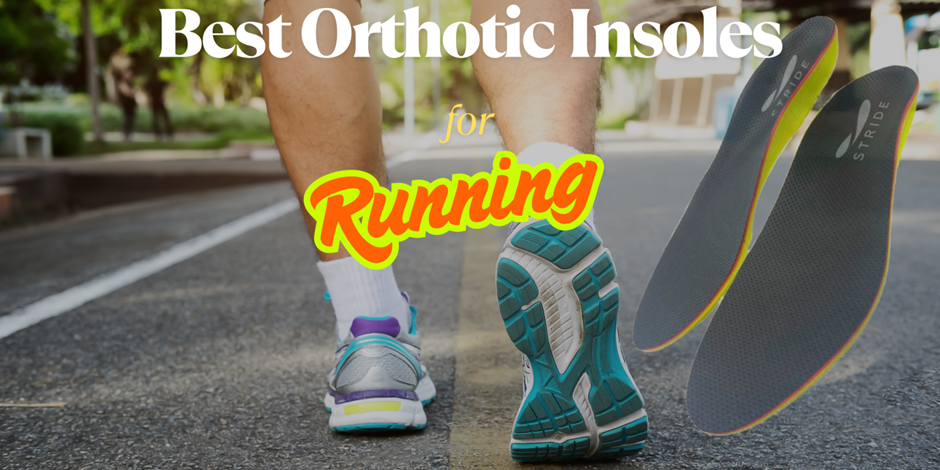How to Tell If You Have Flat Feet: Key Signs and Simple Solutions
You can tell if you have flat feet if the arches of your feet disappear when you're standing, your shoes wear unevenly, or you experience pain in your foot, ankle, or back. A simple wet foot test can confirm flat feet and the extent of its severity. That said, flat feet can often be fixed with custom orthotics.
Key Takeaways
- There are two types of flat feet - flexible and rigid flat feet. Rigid flat feet is a more severe case than flexible flat feet.
- Simple signs of flat feet include persistent foot pain, overpronation (inward rolling of the feet) resulting in knee misalignment, ankle swelling, and uneven shoe wear.
- Many people with flexible flat feet do not experience any symptoms.
- If flat feet begins to show symptoms and it is left untreated, it can lead to other conditions like plantar fasciitis, Achilles tendonitis, bunions, shin splints, and even lower back pain.
Flat feet affect millions worldwide; still, most people don’t know they have them. When left unattended, this condition can easily lead to chronic foot pain and severe posture problems, disrupting daily activities.
Keep reading to learn about the most common signs, easy home detection methods, and proven treatments, making it easier to take action before the painful symptoms develop.
Understanding Flat Feet
Flat feet are referred to as a condition where the feet arches collapse. It can be caused by a medical condition, an injury, lifestyle changes, or a change in foot structure. The arches in your feet keep you in balance while walking and act as a natural shock absorber. However, in people with flat feet, the fallen arches can’t absorb and redistribute the impact throughout the foot, creating unnecessary pressure on the ankles, knees, and lower back joints.
Flat Feet Types
People with flat feet either have flexible or rigid flat feet.
Flexible Flat Feet
The foot arch retracts back to its original position when the foot is lifted off the ground while standing.
Rigid Flat Feet
The arch remains flat even when the foot is suspended mid-air. This flatfoot type is often associated with an underlying condition.
Warning Signs Linked to Flat Feet
When something is off with your body, it starts sending subtle distress signals. These signals are early warning signs, which, in the case of flat feet, can range from sore heels to uneven shoe wear. As most flat feet symptoms are often mistaken for general fatigue, it’s crucial to identify these early warning signs and prevent severe foot issues.
-
If your feet keep hurting, even after engaging in mild physical activity, it may be due to fallen arches. The pain is mainly in the areas of the feet that feel overworked.
-
Take a close look at the inner sole of your shoes and the treads to identify areas that are more worn out. If the inner sides of your shoes are more worn out, you may have flat feet.
-
A collapsed or weak arch puts extra pressure on the inner side of the ankle, causing swelling of the posterior tibial tendon.
-
Your feet may be at the bottom of your body, but they affect everything above them. When your arches fall, your ankles roll inward, your knees misalign, your hips shift, and your lower back absorbs more strain, leading to pain.
How to Check Flat Feet at Home
Checking for flat feet is a simple process. It’s called the wet foot test, and you can do it at home. You will need a paper bag larger than your shoe size, a roll of Scotch Tape, and a bucket of water to dip your feet in.
Take the paper bag and attach it to the floor with Scotch Tape.
Dip your feet in the water bucket for a moment and then place them directly on the paper bag to make an imprint. The imprint created by a standard foot won’t include the arch area, whereas a flat foot will leave a full imprint on the paper bag.
Don’t hesitate to book an appointment with a podiatrist if you suspect you have flat feet, so they can confirm the diagnosis and treat it accordingly based on your specific symptoms.
Risk Factors of Flat Feet
While anyone can develop flat feet, four main risk factors can significantly increase the chances of developing them.
-
Having a family history of flat feet
-
Managing obesity or having weight issues
-
Foot injuries
-
Natural wear and tear from aging.
Secondary Issues Related to Flat Feet
Besides causing posture issues and constant foot pain, flat feet can also lead to several problems when not managed effectively. These conditions include:
-
Achilles tendinitis
-
Plantar Fasciitis
-
Shin splints
-
Bunions
Treatments for Flat Feet
After your podiatrist confirms the diagnosis, they may suggest one or more of the following interventions to manage flat feet.
-
Managing your weight properly can reduce the pressure and inflammation.
-
Adjusting your daily activities to minimize strain on your feet.
-
Doing exercises to strengthen foot muscles.
-
Using custom orthotics for firm arch support and better posture.
Although the majority of flatfoot cases can be managed, severe cases of flat feet may require surgical intervention as a last resort. The common surgeries include tendon repair, arch reconstruction, and bone realignment. Now that you are aware of the warning signs, risk factors, and potential treatments, you can stay one step ahead and prevent the symptoms of flat feet from worsening. If you have noticed any of the signs lately, it’s better to visit a certified podiatrist for a proper evaluation.
While diet restrictions, exercises, and lifestyle changes seem difficult to follow, take one step at a time with dedication to get the best outcomes. Still wondering how I know if I have flat feet? Start with the wet foot test and book an appointment with your healthcare provider for further evaluation.
Frequently Asked Questions
Q: Can flat feet be treated permanently?
A: Most flat feet problems can be treated with minimal management, while severe cases may require surgery.
Q: Do flat feet create performance issues in athletes?
A: Flat feet won’t cause performance issues with the use of proper shoes, training techniques, and foot strength exercises.
Q: Should I see a podiatrist or an orthopedic surgeon for flat feet?
A: Both doctors can diagnose flat feet and propose the necessary treatments. If you have flat feet with mild symptoms, a podiatrist might be the right choice, as they can effectively manage the symptoms using orthotics and simple exercises. However, if the symptoms are severe, consulting an orthopedic surgeon is the best approach.
Q: Can flat feet cause hip pain?
A: If you have flat feet, hip pain can occur due to the misaligned knee joints.




